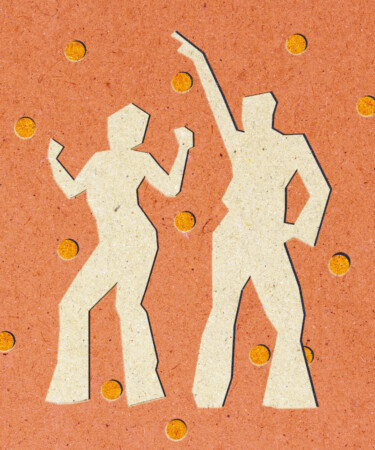The belief that Champagne gets you drunk quicker is something of an old wives’ tale. It’s the kind of trick you “learn” one night in college and slam a bottle of Andre Brut, only to wake up with the worst hangover of your life. And while that’s likely the least scientific way to test the theory, the notion that booze with bubbles delivers its effects faster persists for a reason.
For the most part, alcohol gets into the bloodstream via the lining of the small intestine due to its extensive blood supply and surface area for absorption. Some alcohol is absorbed in the stomach as well, but at a much slower pace: According to the National Library of Medicine, liquids that exceed 40 percent ABV delay bowel movements, and therefore inhibit absorption. That study says bubbles affect that equation: “Drinks aerated with carbon dioxide — for example, whisky and soda, and Champagne — get into the system quicker.” Why that is, though, is slightly more complicated.
The way our bodies handle bubbles largely has to do with digestion. One theory suggests that carbonation creates pressure in the stomach, which, in turn, accelerates gastric emptying. This allows alcohol to move to the small intestine more quickly. There’s a muscular valve at the bottom of the stomach called the pyloric sphincter that opens to allow food and drink to pass through to the small intestine, so there’s reason to believe that carbonation and bloating might cause this valve to open prematurely, letting alcohol in faster than it would without bubbles. The idea here is that bubbles don’t make you more drunk, but deliver the punch faster.
In the early aughts, a couple of studies explored the “bubbles make you drunk faster” phenomenon. The first study, conducted by a group of British researchers in 2003, tested carbonated Champagne against Champagne that had been degassed with an electric blender. Among the (admittedly miniscule) six test subjects, researchers found that those who drank the real bubbly had a higher blood alcohol content (BAC) after the first 20 minutes of drinking. Roughly 40 minutes later, both groups had equal BACs.
In 2006, a second group in Manchester, England, tested how fast alcohol was absorbed in 21 volunteers. This experiment was conducted using vodka served three ways: neat, mixed with still water, and mixed with sparkling water. They found that 14 out of 21 subjects absorbed alcohol with the carbonated mixer at a faster rate, with seven subjects showing either no change or a decrease in rate. In short, the results weren’t all that conclusive.
Outside of these two studies, there’s little research to back the theory. Maybe the funding isn’t there, or maybe the juice isn’t worth the scientific squeeze. Since 2006, little has been done to corroborate the pyloric sphincter’s potential interference with alcohol absorption.
“Carbonation can cause bloating and burping and may trigger symptoms in patients with irritable bowel syndrome,” New York-based gastroenterologist Dr. Anthony Celifarco tells VinePair, meaning that carbonation is rough on the intestinal tract. However, in terms of the pyloric sphincter’s hand in delivering alcohol, “I don’t think that’s been proven,” Celifarco says.
Intestinal troubles aside, there are bartenders who swear that bubbles get you drunk faster, and factor the belief into their hospitality. “I tell my bartenders all the time, if [a guest is] starting with bubbles and Aperol Spritzes and then moving onto something harder, keep an eye on them,” says Washington, D.C.-based bartender Andra “AJ” Johnson.
While we’d love to know the facts for sure, we can’t confirm or deny that carbonated drinks make you drunk faster. Until someone dons a lab coat and does a few heavy rounds of research, we’ll air on the side of caution and sip our Prosecco slow ’n’ steady.
*Image retrieved from Syda Productions via stock.adobe.com
